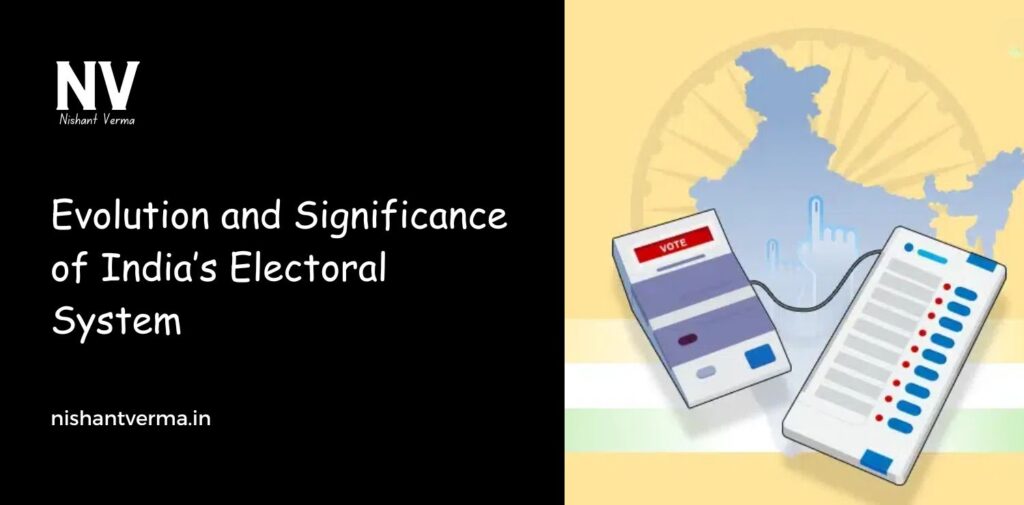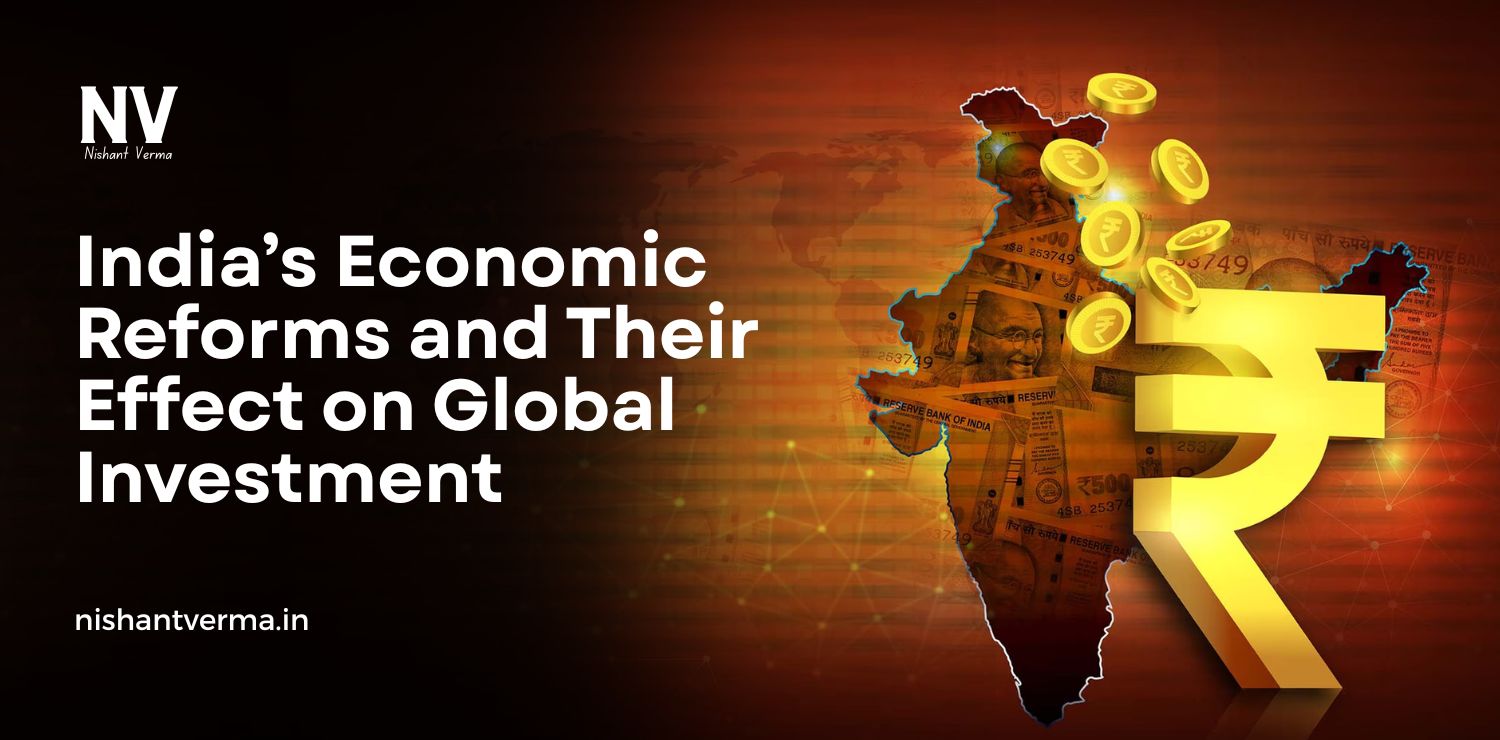India, the world’s largest democracy, has a vibrant electoral system that is crucial to its functioning. Every citizen has the right to vote and choose their leaders, and this system ensures that the voice of the people is heard in the country’s decision-making process. But how did India’s electoral system come to be? What is its significance in shaping the country’s future? Let’s simply explore these questions so that everyone, including kids, can understand the importance of elections in India.
The Beginning of Elections in India
India’s journey to a full-fledged electoral scheme began long before independence in 1947. Under British rule, Indians did not have the freedom to elect their leaders. The British government controlled all political decisions. However, the first steps towards introducing elections were taken during the British era.
In 1909, the British introduced the Morley-Minto Reforms, which allowed some Indians to vote for certain government positions, but the right to vote was very limited. Only the wealthiest and well-educated people were given the right to vote, and this meant that most Indians were excluded.
In 1919, the Montagu-Chelmsford Reforms further expanded the number of people who could vote, but again, it was only a small portion of the population. Full political participation for all Indians was still far away.
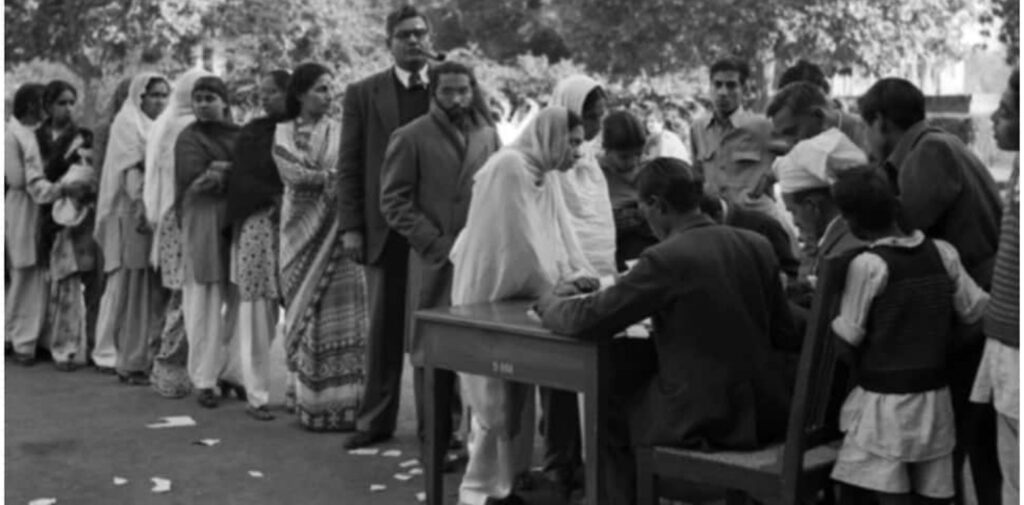
The Struggle for Universal Suffrage
The real turning point came with India’s fight for independence. The freedom struggle led by leaders like Mahatma Gandhi, Jawaharlal Nehru, and Subhas Chandra Bose made it clear that all Indians should have the right to participate in elections, regardless of their social status, wealth, or education.
After independence in 1947, the first priority of the new government was to create a fair electoral system where everyone, from a farmer in a village to a teacher in a city, could have a say in the country’s future.
The Creation of the Constitution and the Election Commission
India’s leaders knew that for the country to have a strong democracy, it needed a well-organized system for elections. The Constitution of India, which was adopted on January 26, 1950, laid down the rules for how elections would be held. It declared that India would be a sovereign, socialist, secular, democratic republic where every citizen had the right to vote, regardless of caste, religion, gender, or economic background. This was a huge achievement in the country’s history.
To manage elections, the Election Commission of India was set up. The Election Commission’s job is to ensure that elections are fair, transparent, and free from any kind of unfair influence. It also monitors the electoral process to make sure that every citizen has an equal chance to vote.
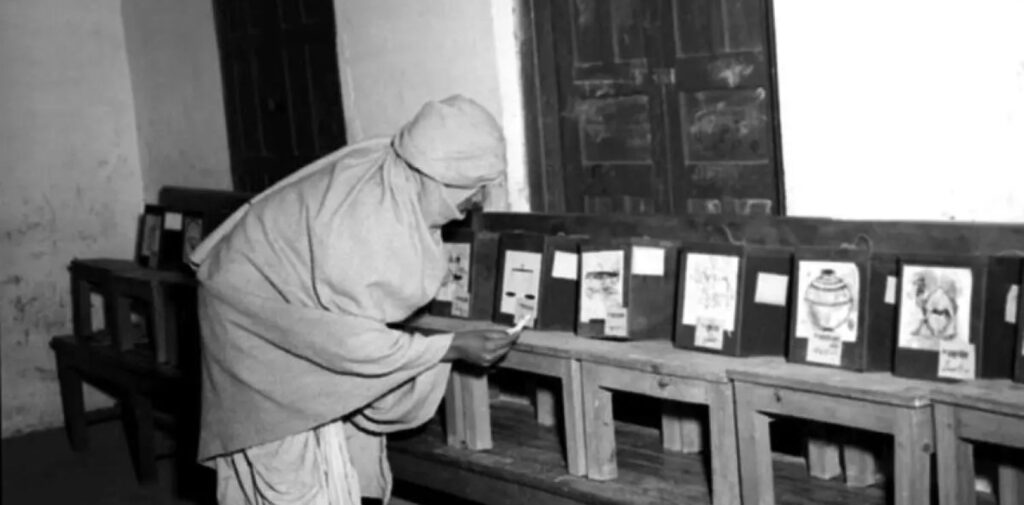
First General Election in 1951-52
In 1951-52, India held its first General Election. This was a historic moment because, for the first time, every Indian adult had the right to vote. The election was held on a massive scale with millions of voters across the country. It was the first time that India’s people had the opportunity to vote for their leaders at a national level.
The election was not easy. There were no modern voting machines at that time, and people in many parts of the country lived in remote areas. However, the Election Commission managed to conduct the election successfully, and Jawaharlal Nehru became the first Prime Minister of independent India.
How Elections Work in India
India’s electoral system is based on representative democracy, which means that the people elect their representatives (MPs and MLAs) to make decisions on their behalf. There are two main types of elections in India: General Elections and State Elections.
- General Elections: These elections are held every five years to choose Members of Parliament (MPs) who will represent the people in the Lok Sabha (the lower house of Parliament). India is divided into 543 constituencies, and each constituency elects one MP. The party that wins the majority of seats forms the government, and the leader of that party becomes the Prime Minister.
- State Elections: These elections are held at the state level to choose Members of the Legislative Assembly (MLAs). Each state is divided into constituencies, and the party that wins the majority of seats in a state forms the state government. The leader of the winning party becomes the Chief Minister of the state.
The Importance of Voting
In India, voting is not just a right; it is also a responsibility. Voting gives people the power to choose their leaders and hold them accountable. Here’s why voting is so important:
- Voice of the People: Elections allow citizens to voice their opinions on the issues that matter to them. Whether it’s about education, healthcare, roads, or jobs, voting gives people the chance to choose the leaders who will make decisions that impact their lives.
- Fairness and Equality: Every vote counts equally. Whether you are rich or poor, man or woman, young or old, your vote is as valuable as anyone else’s. This ensures that all sections of society have an equal say in the country’s future.
- Democracy: A healthy democracy depends on active participation. When citizens vote, they are participating in the democratic process and helping shape the country’s laws and policies.
- Political Accountability: Elections hold politicians accountable for their actions. If people are not happy with the performance of their elected leaders, they can vote them out in the next election. This keeps politicians on their toes and ensures that they work for the welfare of the people.
Challenges in the Electoral System
While India’s electoral system has come a long way, it still faces several challenges. Some of the main challenges include:
- Illiteracy: In rural areas, many people are not well-educated, which sometimes makes it difficult for them to understand the importance of elections or how to vote properly.
- Corruption: At times, money and power influence elections. This can lead to unfair practices, such as vote buying or violence during elections.
- Voter Turnout: In some areas, especially in remote regions, not everyone goes out to vote. This means that the electoral system does not always reflect the views of the entire population.
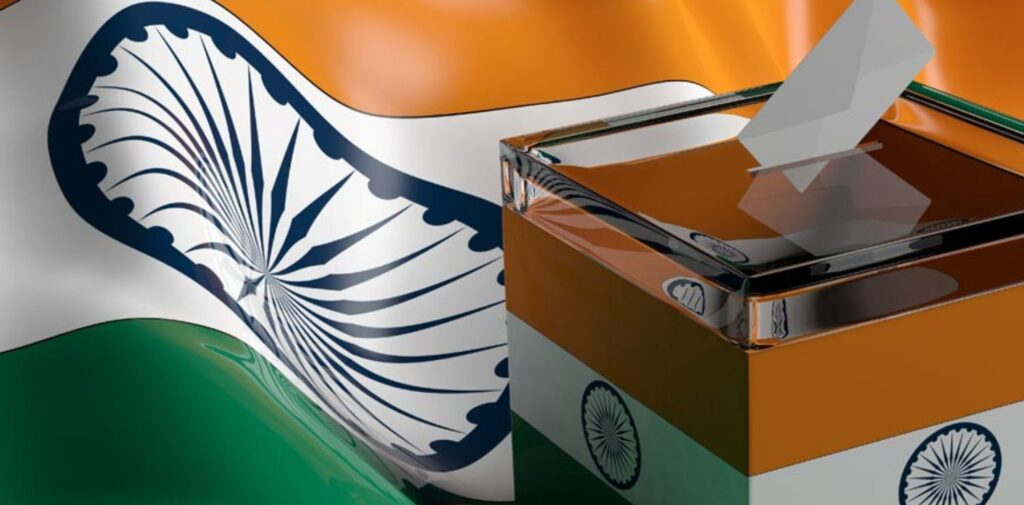
The Future of Elections in India
Despite these challenges, India’s electoral system continues to evolve. The Election Commission works hard to make elections more accessible and transparent. New technology, like electronic voting machines (EVMs) and online voter registration, is making the process easier and more reliable.
India’s democracy is a living example of the power of the people. Every election is an opportunity for the people to choose their leaders and guide the country toward a better future. Whether it’s voting for a local representative or the Prime Minister, every vote counts in making India the vibrant democracy it is today.
Conclusion
India’s electoral system has grown from a limited voting system during British rule to a comprehensive and inclusive system that allows every citizen to participate in the democratic process. It is a powerful tool for ensuring that India’s democracy remains strong, fair, and representative of all its people. By understanding the evolution and significance of India’s elections, we can appreciate the role they play in shaping the country’s future and why every citizen needs to vote.

